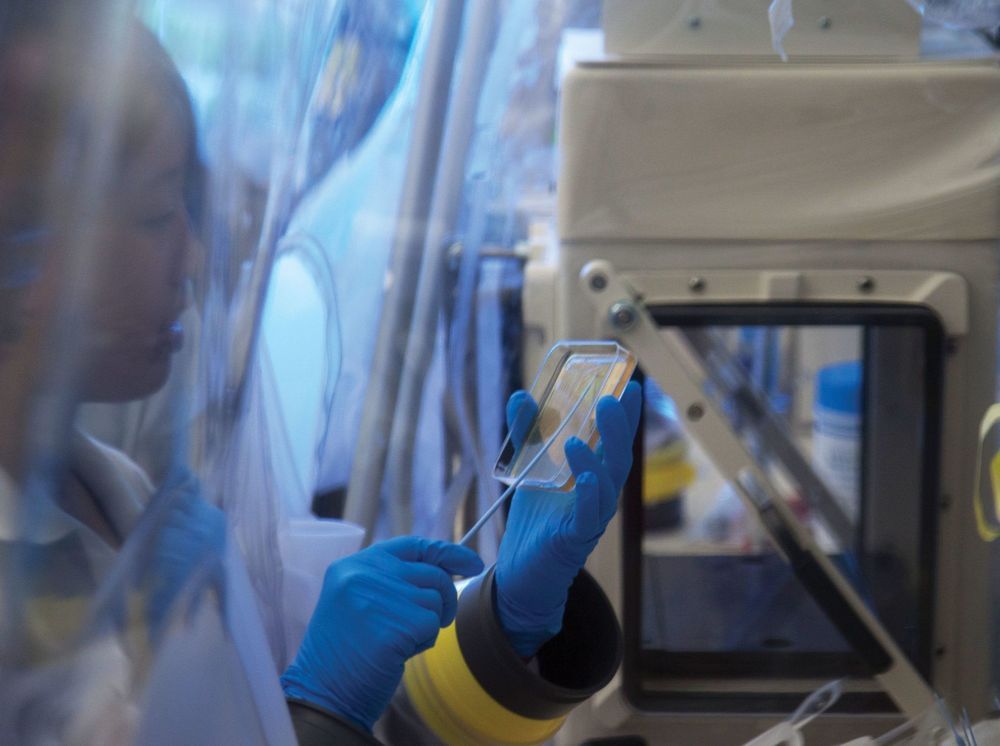Once an ecosystem is disturbed, restoring it can be difficult. And when the disturbed ecosystem is a patient’s microbiome, restoring the patient to health can be even more difficult. Just one ecosystem element that proliferates or diminishes beyond bounds may throw multiple elements into disarray, creating a dysbiosis that resists simple remedies.
Because a patient’s microbiome consists of interacting elements—including elements that extend beyond the microbiome itself—these elements cannot be seen in isolation. Rather, they are dynamic parts of a systemic whole. Touch any one of them, and the effects of doing so may ripple outward in unpredictable ways—unless the elements and their interactions are thoroughly understood.
…
“We are covered by, and protected by, and interacted with by vast microbial ecosystems,” says Julius Goepp, MD, founder of Scaled Microbiomics. Everywhere the body comes into contact with the outside environment, you’ll find a thriving community of microbes. This includes places that are obviously “external”—like skin and hair (including the skin and hair of underarms and nostrils)—as well as places that we consider to be “internal,” like the gastrointestinal tract.
“The surface of our gut is continuous with the outside world,” Goepp points out. The miracle of our gut, he continues, is that it can transport “two pounds of very nasty material [while keeping] it one cell layer away from our precious, sterile, inside tissue.”
But one cell layer can prove precarious protection, especially if that microbial ecosystem gets out of balance. The gut’s microbial ecosystem, Goepp suggests, is like the Amazon rainforest ecosystem in that it is resilient, but only to a point. When subjected to stressors such as prolonged exposure to antibiotics, a diet high in certain additives and low in fiber, and environmental pollution, the microbial ecosystem can be tipped far enough out of balance that a new normal becomes established. This is called dysbiosis, and it’s increasingly linked with a number of noncommunicable diseases, such as diabetes, neurodegenerative diseases, and cancer.
The human body and its microbiome constitute an ecosystem that may become unhealthful if microbial populations shift. To counter harmful shifts, researchers are developing targeted and wide-ranging interventions.
